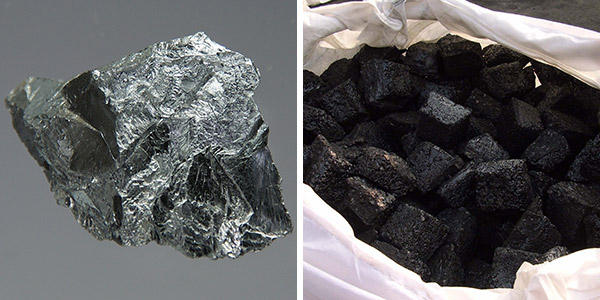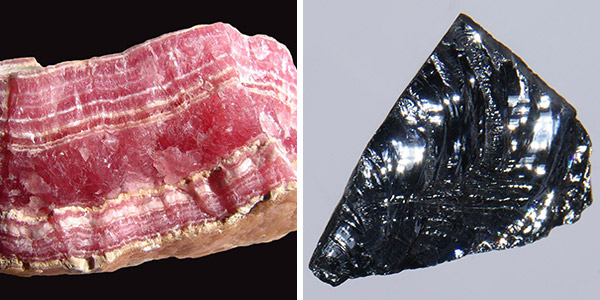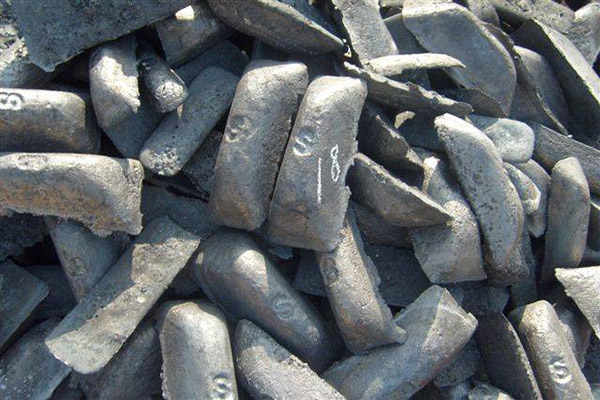The story of a fabricated steel beam
Chapter 1: Birth
As architect I often have to defend myself from the prejudice that architects lack pragmatism.
I use to work daily with engineers and yes, they love to blame architects for not being realistic! Therefore I couldn’t say no when a bunch of suspiciously friendly engineers invited me for an instructive trip to follow the process of the making of a fabricated steel beam from the raw materials to the final installed object.
This is the first chapter of a sort of notebook of my descent into the burning cave of the steelmaking to follow my beam from her conception to her proud installation on a big building in the City of London.
A lesson in the chemical elements of structural steel
When we arrived in the steel mill, in the North Lincolnshire, England (UK) we had a first formal introduction to the material:
Steel is an alloy of iron (Fe), carbon (C) and others elements: manganese (Mn), Silicon (Si), Chromium (Cr), Nickel (Ni), and Molybdenum (Mo) are only a few of them.

Chromium (Cr) & Carbon (C)
In a nutshell the carbon is what make the steel stronger and harder but also less malleable than iron and the concentration of other materials can improve the performance for some specific use. As an example a higher content of Chromium improves corrosion resistance while an higher concentration of carbon make the steel much stronger but also much more difficult to be modelled.
The journey of our beam as we realized there starts from far away because today’s days the biggest producer of Coke (carbon) are China, Russia, India while the Iron commonly comes from Germany, Korea, Russian Federation, South Africa and the Manganese, just to quote another of the components, could arrive from Australia, China or Brazil.

Rhodochrosite, a manganese (Mn) mineral & Silicon (Si)
The stockpiles of raw materials arrived from so far away are very impressive: they occupy a big piece of land comparable to a few football’s fields outside of the steel mill forming sequences of hills, mountains of accumulated limestone or manganese or pig iron, which are so big that make you lose the perception of the scale until you spot an object, a little moving car down there which at the first glance you thought was a toy car but it was instead a real big lorry…
From pig iron forwards
Commonly the basic material from where to produce steel is pig iron which is obtained in blast furnaces and contains a high level of carbon (3.5-4.5%) as well as other non-welcome elements. The pig iron has to be treated again to lower the level of carbon (structural still has usually around 2% of carbon) and further refined lowering the level of other accompanying elements or removing them completely. This is done blowing oxygen into the molten pig iron and by deoxidising it through the addition of limestone slag. There are different ways on how to blow oxygen and to heat the steel but today’s days the electric arc furnaces are the most diffused ones.

Pig iron
At that point I wanted to follow the raw materials in the furnaces but my wise friends, the engineers, suggested that, first of all, the furnace can be a bit too hot for an architect and secondary that modern furnaces are luckily operated remotely in order to minimize the risk for health and safety of the workers and no one has to enter the premises of a furnace unless maintenance is needed, but in that case the furnace should be de-activated first.
The steel beam appears
The guide of the instructive tour then kindly accompanied us to wait for our beam to come out of the furnace in a safer space, in a narrow steel bridge above the first rolling station.
We didn’t have to wait too long.
Suddenly, with a thunderous first cry, she was there, in her pre- cast rough parallelepiped shape of a semi liquid red-hot burning masse, rolled noisily up and down. The temperature up in the bridge were we stood was impressive, you could feel the wave of heat and the strength of the power needed to make all the basic elements to become one. The semi solid red masse was then rolled until became a thinner plate which thickness was precisely defined by computer controlled rolls. The plate cooled then slowly down and rolls after roll navigated toward her first contact with humans: the cutters. The engineers were impressed too, I know, even if they will not admit it easily!
We followed the creature: the plate, now colder and almost completely grey, moving slowly until it reached a station were a team of three/four workers was there to cut the big plates with huge and incredibly noisy mechanical cutters in a more precise size.
At this station the big rolled steel plates, which will became the flanges and the webs of the beam, are cut and put in other rolls which transport them outside in the sun light again, waiting for to be moved in another facility, not too far away, where they will be refined, assembled and properly dressed to become the final beam.